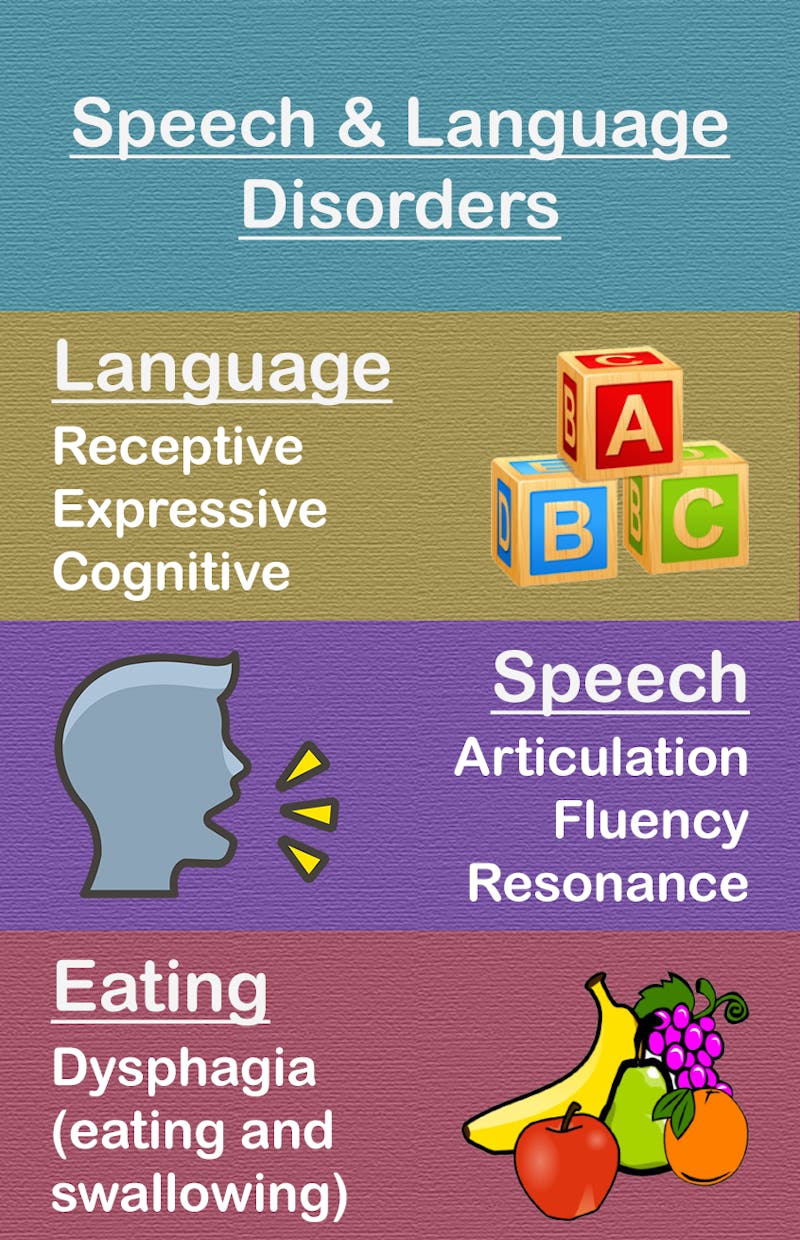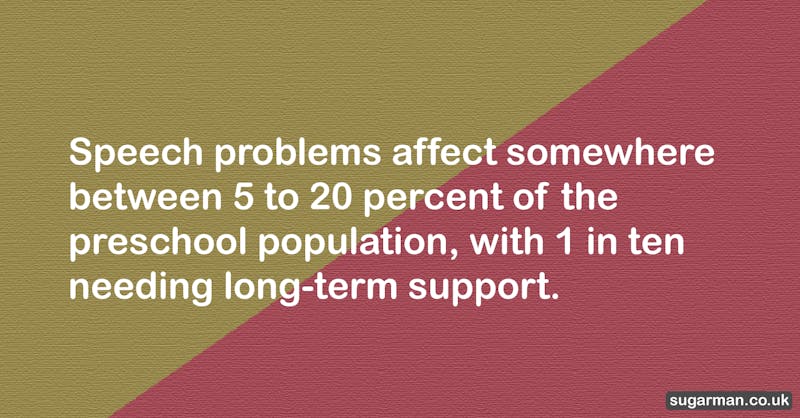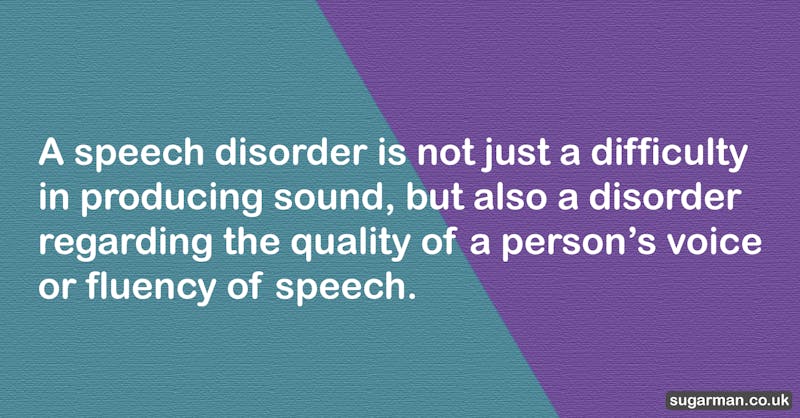The Best Resources For Speech & Language Therapy
Author: Casey Wise
Last update: 3/3/2023

What Is Speech & Language Therapy?
Therapy, in its broadest sense, is a process that tries to understand and tackle unwanted behavior, habits, feelings, beliefs, and relationship issues. However, there are many other branches of therapy that deal with much more specific issues; speech and language therapy is one of them. The core focus of speech and language therapy is to provide treatment, care, and support for children and adults who struggle with communication, eating, drinking, or swallowing. In this article, we have compiled a list of child-friendly resources that may help to tackle some of these existing issues through this therapy, but before that, let's talk about how some of these issues might manifest themselves, and what can be done through therapeutic aid.
What Can Speech & Language Therapy Treat?
Particular disorders that can benefit from speech and language therapy are often broken down into these three categories and sub-sections:
1. Speech Disorders
- Articulation
These are particular problems with making sounds or saying words incorrectly to the point of incomprehension. - Fluency
These include disorders such as stuttering, partial-word repetitions, or the unnecessary prolonging of sounds. - Resonance
These problems affect the pitch, quality, or volume of a person's voice. These types of disorders often cause discomfort or even pain for a child when speaking.
2. Language Disorders
- Receptive
These disorders are problems with the core understanding and processing of language. - Expressive
These issues fall into; having a restricted vocabulary, failing to put strings of words together, or the inability to use language in a socially appropriate situation. - Cognitive
These problems are associated with communication skills that involve perception, memory, attention, organization, and regulation. For example, kids might encounter difficulties correctly using different parts of speech, transition words, or active vs. passive voice.
3. Eating Disorders
Known as Dysphagia, oral feeding disorders are disturbances in the way someone eats or drinks; this may include issues with chewing, swallowing, resulting in coughing, gagging, and refusal to eat.
Speech and language therapists (SLT's) are highly trained professionals who specialize in treating the disorders above. Therapy in person is the preferred treatment, but understanding and tackling the issues rely on constant work and progression from home. That's where our list of resources comes in.
Websites & Apps
Our first recommendation for speech and language therapy resources is 'Momma Therapy.' This site focuses on speech and articulation worksheets along with narrative concepts and implications. If your child is struggling with phonology, then we can't think of a better unscramble word collection of exercises, that are all completely free of charge.
SLP solutions' language and speech resources is an amazing collection of free exercises as well as creative therapy ideas and behavioral tasks. This site really is the perfect all in one package to get started. We recommend checking out their blog sections to find answers to questions you didn't know you had.
With nearly a decades worth of work going into this articulation app, this resource is a great way to help users visualize their mouth movements. It features 52 videos, 33 phoneme decks, "Kid Friendly," and "Clean" modes (for older clients), and much more. Speech Tutor Pro effectively rolls in many handy features from various apps into one well-designed one.
Aimed at kids aged 1-8, Speech Blubs uses video modeling, face filters, speech recognition, stickers, and loads of other engaging features to help your child boost their communication skills. Made with the help of a network of over 1000 speech-language pathologists (SLPs), this brightly designed app is a must-try.
Ideal for the visually impaired as well as those with acquired dyslexia, Seeing AI is a free app that narrates the world around you in an intuitive way. By connecting to VoiceOver, the app can speak text that's in front of the camera, scans barcodes to read the product information, and even describe photos on your phone. Health professionals have found this particularly useful for those who have suffered a stroke or have other neurological conditions around speech.
Tools
Nowadays, recording audio is easier than ever, thanks to tablets and smartphones. For adults who want a dedicated high-performance device, there are still great dictaphones like the Olympus LS100 on the market. However, for children and the visually impaired, the Multi Memo Voice Recorder is a cheap and easy-to-use alternative that's perfect when tackling speech exercises. It's simple button layout and small size make it ideal for a teaching environment too.
Ark's Z-Vibe range offers a host of practical oral treatment tools for bettering oral awareness, developing oral motor skills, decreasing oral sensitivities, and much more. They sell a versatile mix of customizable tips and even allow you to create your own kit specific to your needs. These tools are purpose-made to support feeding therapies, oral motor exercises, or speech and language therapy as recommended by a therapist. A tips and techniques book to help guide home use is also available.
Exercises
There's nothing quite like a tongue twister to make your brain really focus on our pronunciation. Aimed more at children - though still, a challenge to adults - this LearnEnglish Kids resource hosts a large collection of colorful twisters to try. If you can deliver 'If two witches were watching two watches, which witch would watch which watch?' at speed on your first attempt, we'd be impressed.
Music has seen increasing use in various therapies, but recent studies now show that singing can be beneficial for speech disorders. Often the way our brain computes words when spoken versus how we sing differs, allowing us to train our mouths and take part in melodic intonation therapy (MIT). It's been found to be useful for both children and those who have suffered a stroke.
Like any set of muscles, it's always good to give your tongue some exercise. Thankfully nowadays, the internet is full of informative videos and unscrambler tools on how to better train and strengthen your speech patterns to aid with therapy or even just to help articulation and boost social confidence.
Resources
- Music Therapy Gives Voice to the Voiceless
https://www.sciencemag.org/news/2010/02/music-therapy-gives-voice-voiceless - RCSLT Speech & Language Information
https://www.rcslt.org/speech-and-language-therapy/ - Therapy Disorders Explained
https://kidshealth.org/en/parents/speech-therapy.html - Therapists & Qualifications
https://www.prospects.ac.uk/job-profiles/speech-and-language-therapist


